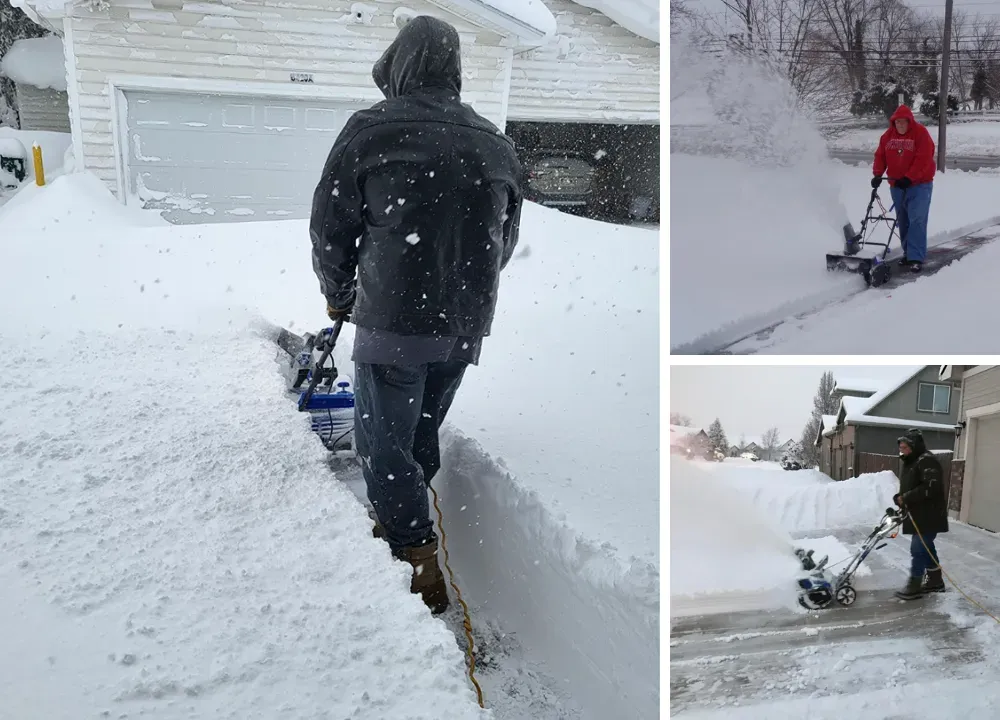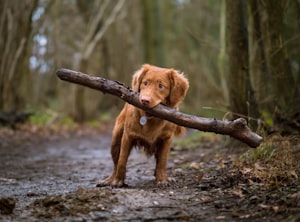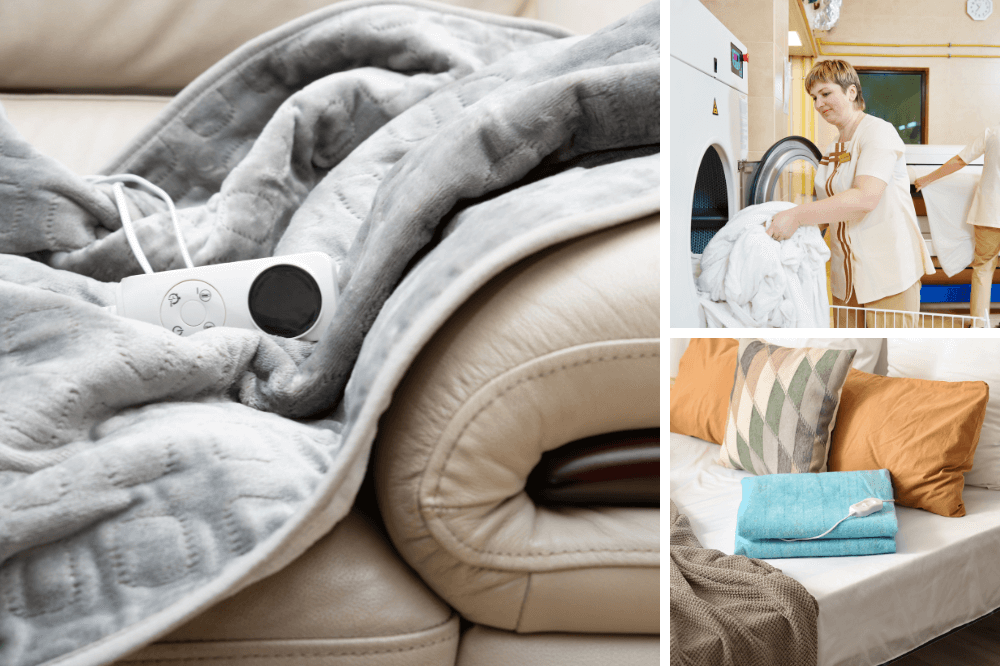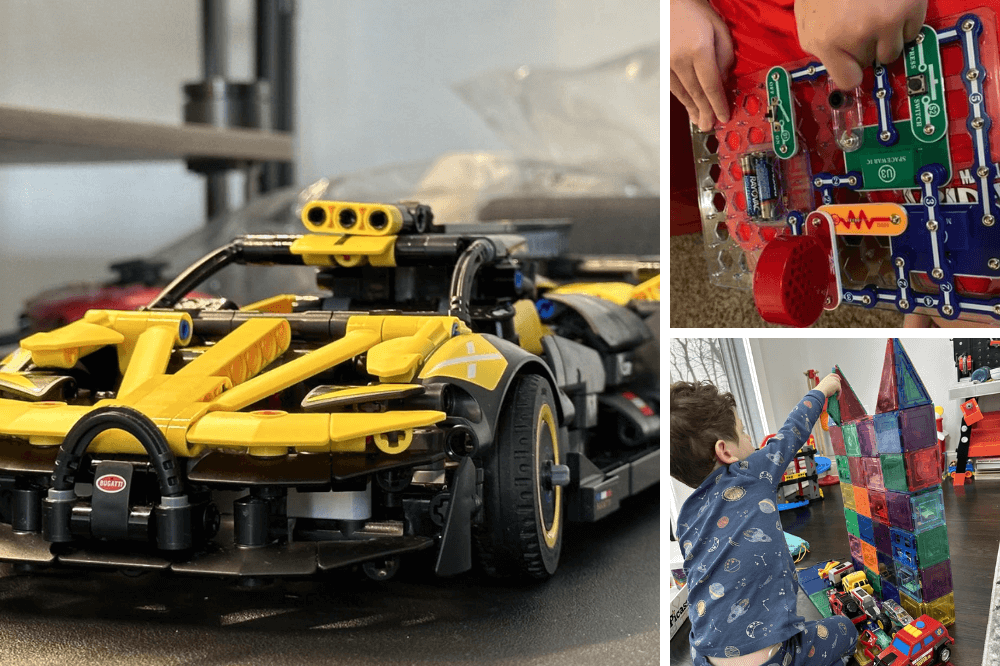Winter brings the joy of snowfall, but with it comes the responsibility of clearing snow from driveways and sidewalks. Snowblowing is a method that has gained popularity for its efficiency and ease. In this comprehensive guide, we'll explore everything you need to know about snowblowing, from the basics to advanced tips.
Key Takeaways:
- Understand the basics of snowblowing and the types of snowblowers available.
- Learn the best practices for safe and efficient snowblowing.
- Discover maintenance tips to keep your snowblower in top condition.
Understanding Snowblowing
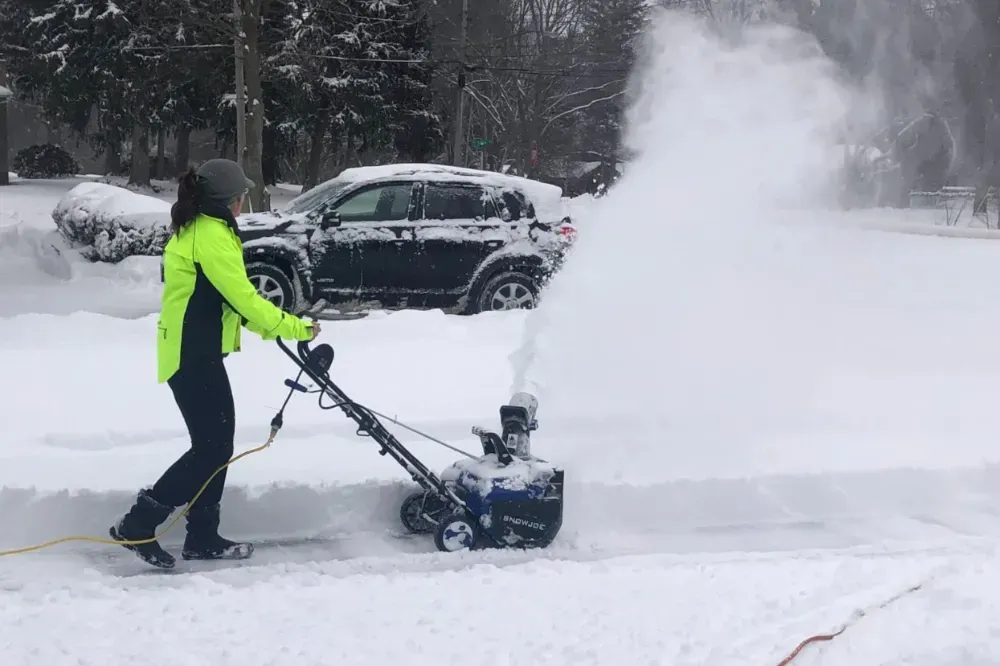
Snowblowing, also known as snow throwing, is the process of removing snow using a machine called a snowblower. These machines come in various sizes and power levels, designed to handle different amounts of snowfall. Unlike shoveling, snowblowing is less labor-intensive and can save a significant amount of time, especially for those with large areas to clear.
Snowblowers work by scooping up snow with an auger and then propelling it through a chute to a designated area. This method is particularly useful for those living in regions with heavy snowfall, as it simplifies what can otherwise be a daunting and exhausting task.
Types of Snowblowers
When it comes to snowblowers, there are primarily two types: single-stage and two-stage. Single-stage snowblowers are typically lighter and easier to maneuver, making them ideal for smaller areas and lighter snowfalls. They have an auger that directly throws the snow out of the chute.
Two-stage snowblowers, on the other hand, are more powerful and suitable for heavier snowfalls and larger areas. They have a separate impeller that helps to throw the snow out of the chute, allowing them to handle wet, heavy snow more effectively. Understanding the differences between these types is crucial in selecting the right snowblower for your needs.
Preparing to Snowblow
Before you start snowblowing, it's important to prepare both the area and the machine. Clear any debris, such as rocks or sticks, from the area to prevent damage to the snowblower and ensure safety. Additionally, check the snowblower's oil level, fuel, and any other fluids it may require.
It's also wise to plan your snow removal strategy. Decide where you will direct the snow and consider the wind direction to avoid blowing snow back onto cleared areas or into the street.
Snowblowing Techniques
Effective snowblowing requires certain techniques to maximize efficiency. Start by snowblowing the perimeter of the area first, which will give you space to maneuver and pile the snow. Then, work in straight lines, overlapping each pass slightly to ensure no snow is left behind.
When dealing with deep snow, it may be necessary to make multiple passes, taking off only a few inches of snow at a time. This will prevent overloading the snowblower and help maintain its performance.
Safety Tips for Snowblowing
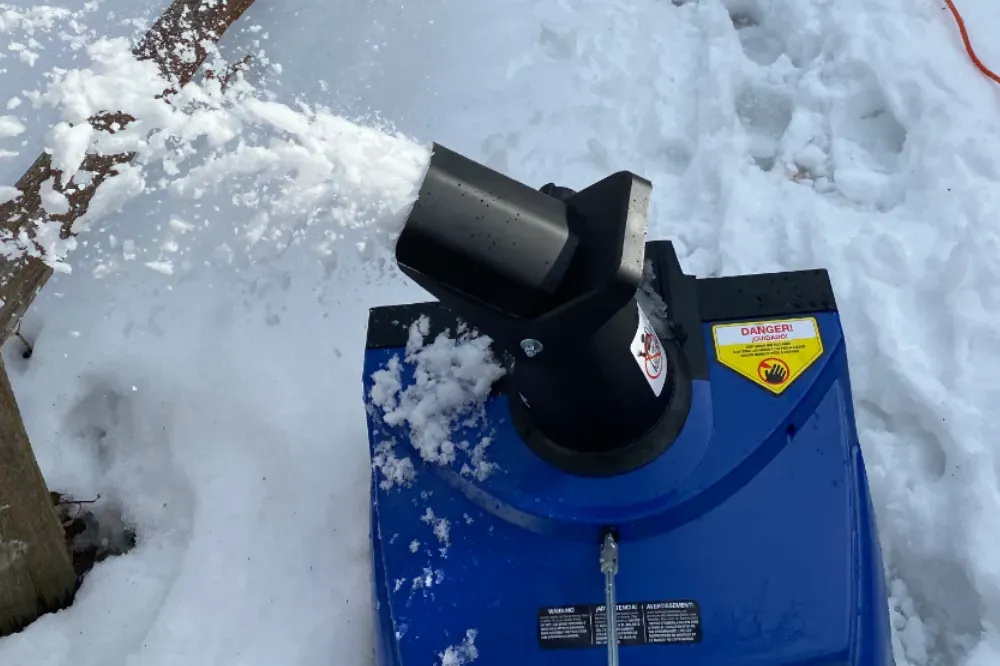
Safety should always be a top priority when operating a snowblower. Wear appropriate clothing, including gloves, boots, and eye protection. Be aware of the snowblower's moving parts and never attempt to clear a clog with your hands – always use a clearing tool.
Additionally, be mindful of your surroundings and keep children and pets away from the area while snowblowing. Following these safety tips can help prevent accidents and injuries.
Maintaining Your Snowblower
Regular maintenance is key to ensuring your snowblower's longevity and performance. After each use, clean off any snow and ice to prevent rust and corrosion. Check the auger and impeller for any damage and replace worn parts as necessary.
At the end of the season, perform a thorough cleaning and maintenance check. This includes changing the oil, inspecting the spark plug, and ensuring all bolts and belts are tight and in good condition.
Choosing the Right Snowblower
Selecting the right snowblower depends on several factors, including the size of the area you need to clear and the typical snowfall in your region. For smaller areas and lighter snow, a single-stage snowblower may suffice. For larger areas or heavy snowfall, a two-stage snowblower will be more effective.
Consider the features that are important to you, such as electric start, power steering, and heated handgrips. These can make the snowblowing experience more comfortable and convenient.
Snowblowing in Extreme Conditions
Snowblowing in extreme conditions, such as blizzards or heavy wet snow, requires additional precautions. In these situations, it's important to take breaks to prevent overexertion and to ensure the snowblower doesn't become clogged.
Adjust the snowblower's speed to match the conditions, and be prepared to make more passes than usual. In extreme cold, make sure to dress in layers and protect exposed skin to prevent frostbite.
Environmental Considerations
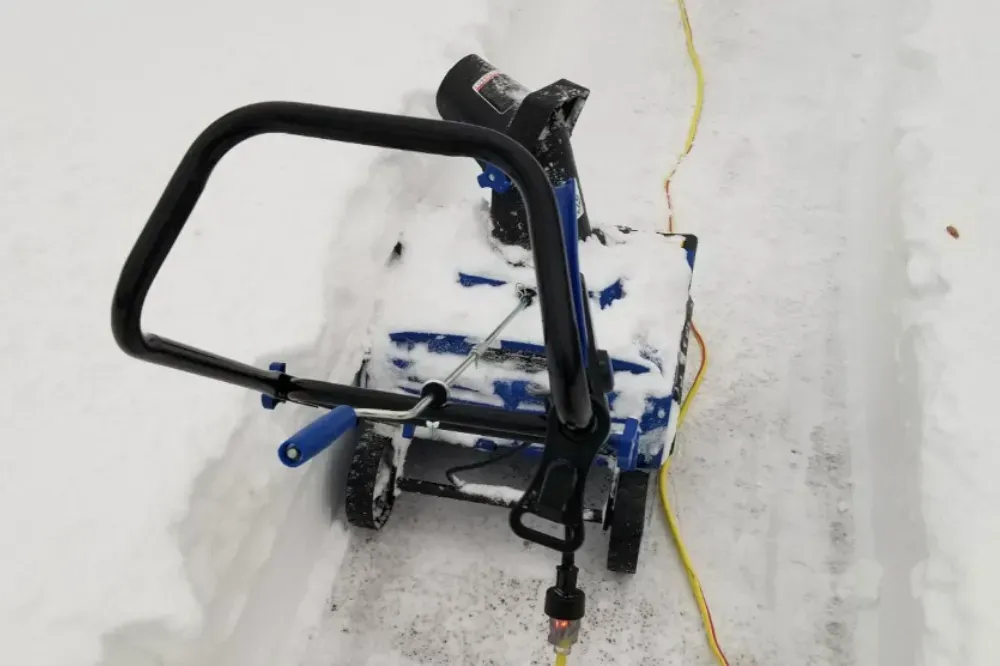
While snowblowing is efficient, it's important to consider its environmental impact. Gas-powered snowblowers emit pollutants, so consider using newer models with lower emissions or exploring electric options.
Additionally, be mindful of where you direct the snow. Avoid piling it on plants or shrubs, as the weight can cause damage. Also, consider the impact on local waterways and avoid directing snow towards storm drains.
Innovations in Snowblowing Technology
The snowblowing industry continues to evolve with new technologies aimed at improving efficiency and user experience. Features like battery-powered snowblowers and remote-controlled models are becoming more common, offering convenience and reducing emissions.
Manufacturers are also focusing on ergonomic designs to reduce user fatigue and improve maneuverability. These innovations are making snowblowing more accessible and environmentally friendly.
Summary
Snowblowing is an effective method for removing snow from driveways and sidewalks. By understanding the types of snowblowers, preparing properly, and employing the right techniques, you can clear snow efficiently and safely. Regular maintenance will keep your snowblower running smoothly, and choosing the right model will ensure you're equipped to handle the snowfall in your area. As technology advances, snowblowing continues to become more convenient and environmentally conscious.
FAQ Section
Q: What's the difference between a single-stage and a two-stage snowblower? A: A single-stage snowblower has an auger that scoops and throws the snow in one motion, making it suitable for lighter snowfalls and smaller areas. A two-stage snowblower has an auger to scoop the snow and a separate impeller to throw it, which is better for heavier snowfalls and larger areas.
Q: How often should I perform maintenance on my snowblower? A: You should perform basic maintenance, such as cleaning and checking for damage, after each use. More thorough maintenance, including oil changes and spark plug inspections, should be done at the end of the snow season or as specified in your snowblower's manual.
Q: Are electric snowblowers better for the environment than gas-powered ones? A: Yes, electric snowblowers do not emit pollutants like gas-powered models do, making them a more environmentally friendly option. However, they may not be as powerful, so consider your specific needs when choosing between electric and gas-powered snowblowers.
